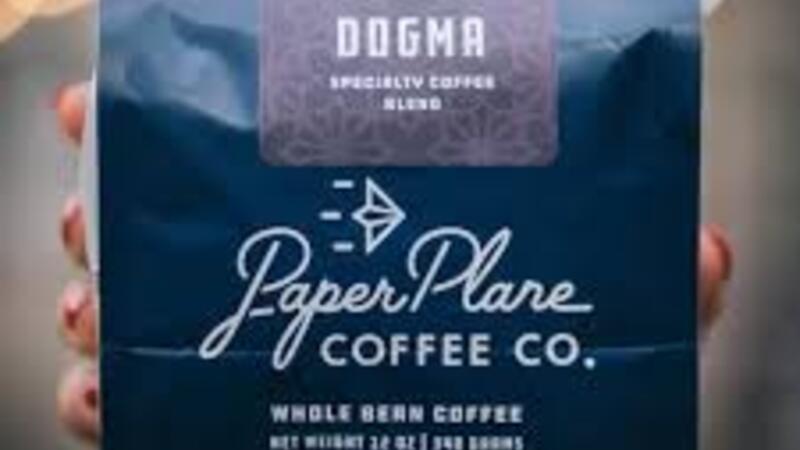Coffee is more than just a beverage; it’s a journey, a culture, and a story waiting to be told. In the fiercely competitive world of coffee branding, custom labels serve as the canvas upon which brands can weave their narratives and connect with consumers on a deeper level.
In this article, we’ll explore the art of designing coffee labels that go beyond mere aesthetics to become effective storytellers, captivating hearts and minds with each cup.
1. Know Your Brand Story:
Before diving into label design, it’s essential to understand the essence of your brand’s story and what sets it apart in the crowded coffee market.
Whether it’s a commitment to sustainability, a dedication to quality sourcing, or a unique roasting technique, your brand’s story should be authentic, compelling, and reflective of your values.
Take the time to articulate your brand narrative, as it will serve as the foundation for your label design.
2. Embrace Visual Storytelling:
Visual elements play a crucial role in conveying your brand’s story and capturing the attention of consumers browsing the coffee aisle.
Consider incorporating imagery that evokes the origin of your coffee beans, the culture of the regions where they are grown, or the artisanal craft behind your roasting process. You can use the entire front panel of your custom coffee packaging to communicate your main key benefits.
From vibrant illustrations to minimalist designs, let your label artwork speak volumes about the journey from bean to cup and the passion that fuels your brand.
3. Communicate Quality and Craftsmanship:
In addition to storytelling, custom coffee labels should communicate the quality and craftsmanship that define your brand.
Choose label materials and printing techniques that reflect the premium nature of your product, such as:
- textured paper stocks
- embossed finishes,
- or metallic accents
Incorporate subtle cues, such as tasting notes, roast profiles, or brewing recommendations, that educate consumers about the unique characteristics of your coffee and the care that goes into its production.
4. Foster Connection and Community:
Coffee is a social beverage that brings people together, and your label design should reflect this sense of connection and community.
Consider incorporating elements that invite consumers to join your brand’s journey, such as:
- QR codes linking to behind-the-scenes videos,
- social media handles for sharing coffee experiences,
- or invitations to join a loyalty program or coffee subscription service
By fostering a sense of belonging and engagement, your label becomes more than just packaging; it becomes a gateway to a vibrant coffee community.
5. Stay Authentic and Transparent:
Transparency is key to building trust with today’s discerning consumers, and your label should reflect a commitment to authenticity and honesty.
Clearly communicate information such as sourcing practices, certifications, and sustainability initiatives to reassure consumers about the integrity of your brand.
Avoid gimmicky or misleading claims and let the true story of your brand shine through, earning the loyalty and respect of coffee lovers who value transparency and ethical business practices.
